Oil Change Frequency Calculator
Enter your vehicle details and click "Check Oil Change Interval" to get your personalized recommendation.
Quick Takeaways
- Annual oil changes can be safe for low‑mileage cars if you use high‑quality synthetic oil and monitor oil condition.
- Manufacturer recommendations, driving conditions, and oil type matter more than mileage alone.
- Regularly check oil level, color, and smell; consider an oil analysis after 12,000km.
- Never skip replacing the oil filter; a clogged filter defeats the benefits of a longer interval.
- When in doubt, follow the oil change frequency in your owner’s manual.
Car owners often wonder whether a car that barely sees the road still needs a yearly oil change. The question sounds simple, but the answer depends on a mix of factors-oil chemistry, engine design, climate, and how you drive. Below we break down what “low mileage” really means, what the oil does inside the engine, and how to decide if a 12‑month interval is sufficient for your situation.
Oil change is the process of draining old engine oil, replacing the oil filter, and refilling with fresh oil. It’s the most common maintenance task because oil is the lifeblood that carries heat away, lubricates moving parts, and helps keep contaminants suspended so they don’t settle on metal surfaces.
What "low mileage" really means
Most manufacturers define low mileage as under 5,000km per year. In NewZealand that translates to roughly 3,000miles. The key point is that the engine isn’t being stressed by long trips, stop‑and‑go traffic, or high‑rev driving. However, mileage alone doesn’t tell the whole story.
Mileage refers to the total distance a vehicle has traveled and is often used as a proxy for wear. Even a car that sits idle for months can experience oil breakdown because of temperature swings, condensation, and the natural oxidation process.
How oil ages - the chemistry behind it
Engine oil consists of a base stock (usually a refined petroleum or synthetic polymer) blended with additives that prevent oxidation, control foaming, and keep metal surfaces clean. Over time these additives deplete, and the oil darkens as it picks up carbon particles and metal shavings.
Two main types dominate the market:
- Synthetic oil is engine oil engineered from chemically modified compounds, offering higher stability at extreme temperatures.
- Conventional oil is refined from crude petroleum and contains fewer advanced additives.
Because synthetic oil resists oxidation better, it can stay effective longer-often up to 15,000km or 12months, whichever comes first. Conventional oil typically needs replacement at around 8,000km or 6months.
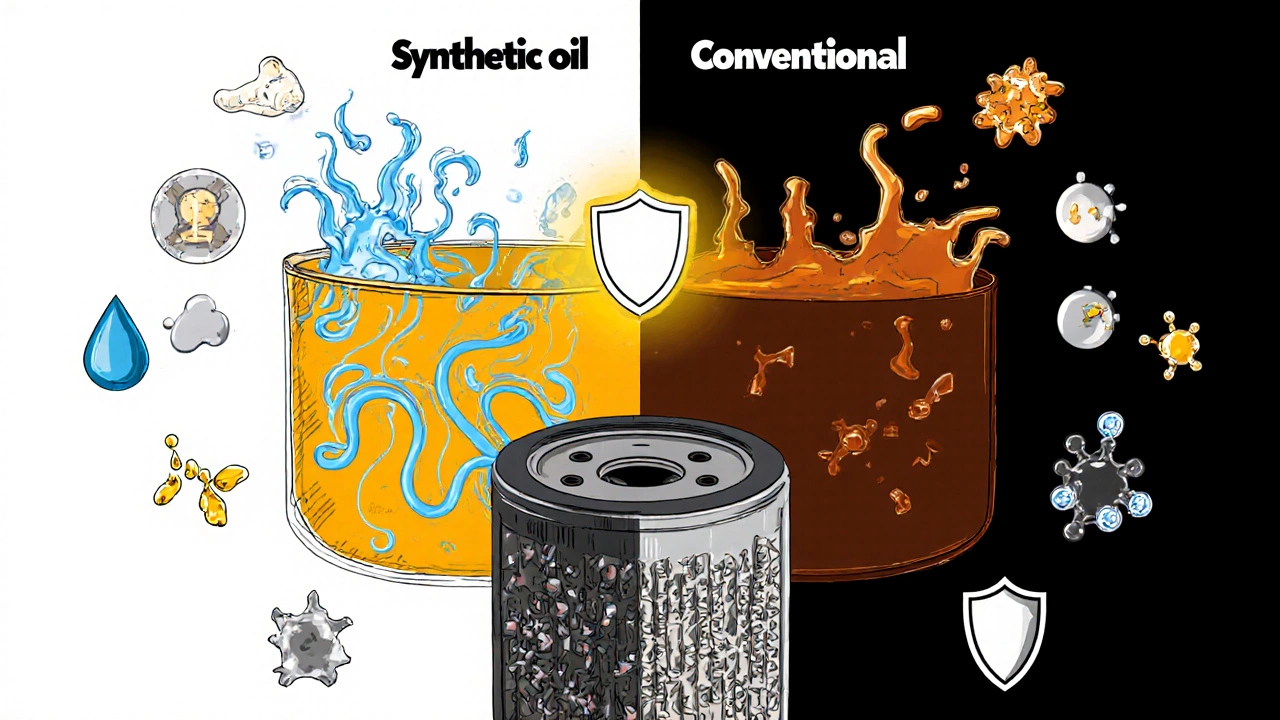
Factors that influence how often you should change oil
- Manufacturer recommendation - The owner’s manual lists the minimum interval based on extensive testing. If it says “10,000km or 12months, whichever comes first,” that’s your baseline.
- Oil type - Synthetic oil can stretch the interval; conventional oil cannot.
- Driving conditions - Driving conditions encompass climate, road quality, and traffic patterns that affect oil temperature and contaminant load. Frequent short trips that don’t let the engine reach operating temperature accelerate moisture buildup.
- Engine age and design - Older engines with looser tolerances may benefit from more frequent oil changes, even with low mileage.
- Oil filter health - Oil filter captures debris and prevents it from circulating but it can become clogged after 8,000-12,000km. Skipping its replacement defeats the purpose of a longer oil interval.
- Oil analysis - Sending a small sample to a lab can reveal oxidation level, metal wear particles, and moisture content. It’s the most precise way to know if your oil is still good after a year.
When a once‑a‑year change is usually safe
If your car meets the following criteria, an annual oil change with synthetic oil is generally acceptable:
- Annual mileage under 5,000km (3,000miles).
- You use a high‑quality synthetic 5W‑30 or 0W‑20 that matches the manufacturer’s viscosity spec.
- You drive mostly on highways or at steady speeds, allowing the engine to reach full operating temperature each trip.
- Ambient temperature stays between -10°C and 30°C (14°F-86°F), avoiding extreme cold that can cause condensation.
- You replace the oil filter every time you change the oil.
Even within these bounds, it’s wise to inspect the oil visually before the scheduled change. Dark, gritty oil or a burnt smell means it’s time to act sooner.
Step‑by‑step: How to assess oil condition before the yearly change
- Park the car on level ground and let the engine cool for at least 10minutes.
- Pull the dipstick, wipe it clean, re‑insert fully, then pull it out again.
- Check the oil level - it should be between the "Low" and "Full" marks.
- Observe the oil’s color. Fresh synthetic oil is amber‑gold; chocolate‑brown can indicate oxidation, especially if it’s gritty.
- Give the oil a quick sniff. A metallic or burnt odor signals breakdown.
- If any of the above checks raise concerns, change the oil now rather than waiting for the 12‑month mark.
Comparison: Synthetic vs Conventional Oil for Low‑Mileage Vehicles
| Attribute | Synthetic Oil | Conventional Oil |
|---|---|---|
| Viscosity stability (temperature range) | Excellent - works from -30°C to 40°C | Good - optimal 0°C to 30°C |
| Oxidation resistance | High - can last 12‑15months even at low mileage | Low - typically needs change every 6‑8months |
| Fuel‑economy benefit | Up to 3% improvement | None significant |
| Cost per litre (NZD) | ~$13‑$15 | ~$8‑$10 |
| Recommended interval for low‑mileage cars | 12months or 10,000km | 6months or 5,000km |
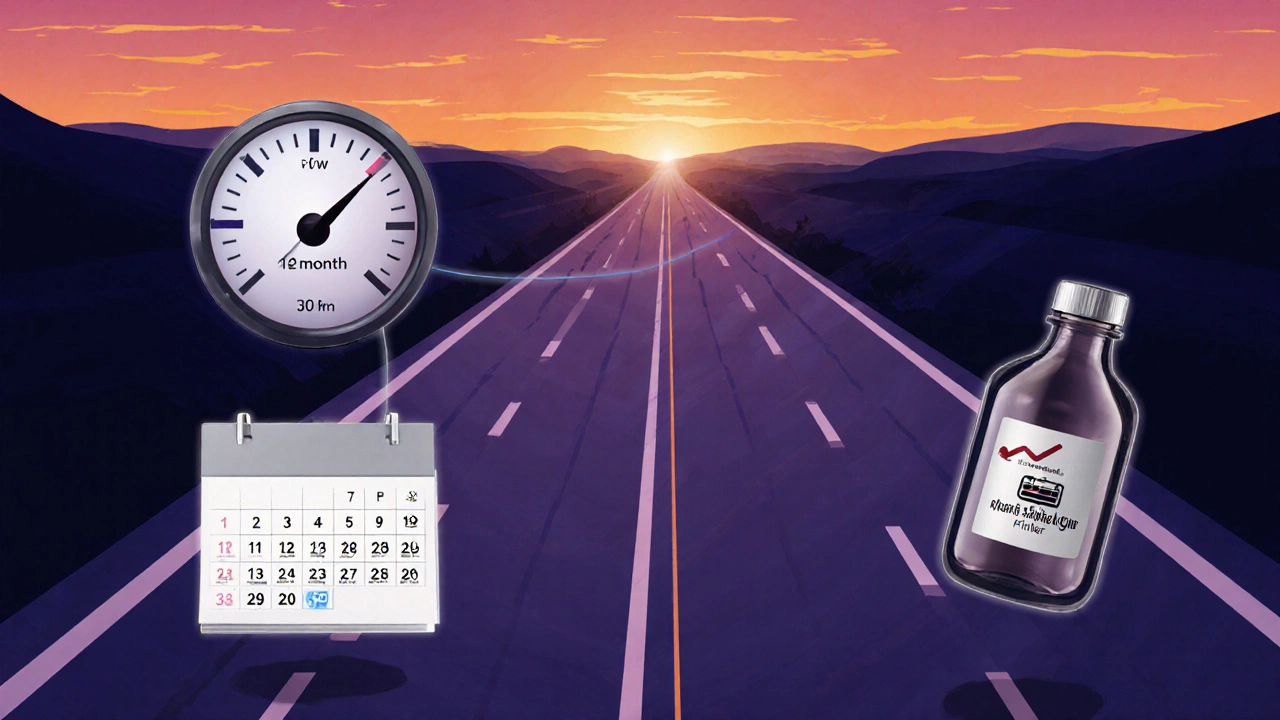
Common pitfalls to avoid when extending oil‑change intervals
- Skipping the oil filter - Even with fresh oil, a saturated filter will let debris slip through.
- Using the wrong viscosity - In colder Auckland winters, a 5W‑30 might thin out too much; follow the spec sheet.
- Ignoring short‑trip wear - Frequent trips under 5minutes keep the engine below optimal temperature, promoting condensation.
- Relying solely on mileage - Remember that oil also degrades with time and temperature.
- Not checking for leaks - Small leaks can reduce oil level unnoticed, especially if you only top‑up without a full change.
What to do if you’ve already gone longer than recommended
Don’t panic. Here’s a quick action plan:
- Inspect the oil level and condition as described earlier.
- If the oil looks dark or smells burnt, schedule a change immediately.
- Consider an oil analysis - many auto parts stores in Auckland offer a simple drop‑test for around $20.
- Replace the oil filter regardless of oil condition; it’s cheap insurance.
- Reset any oil‑life monitoring system in your car’s dashboard after the service.
Bottom line: When is an annual oil change OK?
For a car that logs under 5,000km a year, runs mostly on steady highways, and uses high‑quality synthetic oil, a 12‑month interval is generally safe. The decision hinges on three things: the oil’s chemistry, how the engine is used, and whether the oil filter gets swapped each time.
If any of those variables tilt toward the risky side-cold short trips, older engine design, or use of conventional oil-shorten the interval to six months or 5,000km. Always trust the owner’s manual as the ultimate rulebook, and treat visual checks as your safety net.
Frequently Asked Questions
Can I use conventional oil if I only drive 3,000km a year?
You can, but you’ll need to change it more often-typically every six months or 5,000km. Conventional oil oxidises faster, so time becomes the limiting factor, not distance.
Do oil changes really affect fuel economy?
Yes, especially with synthetic oil. Cleaner oil reduces internal friction, which can improve fuel consumption by 2‑3% on average. The effect is modest but noticeable over time.
What is an oil analysis and is it worth it?
An oil analysis is a lab test that checks for oxidation, metal particles, water content, and additive depletion. For low‑mileage cars that want to stretch intervals, it’s a cheap way (≈$20) to confirm the oil is still healthy.
If I miss a filter change, can I still use the same oil?
Skipping the filter defeats the purpose of a longer interval. The safest move is to change both oil and filter together, even if the oil still looks okay.
My car is a hybrid-does it need the same oil‑change schedule?
Hybrid engines often run at lower RPMs and cooler temperatures, which can slow oil degradation. However, manufacturers still publish a specific interval. Follow the hybrid‑specific recommendation, usually longer than a regular gasoline engine.

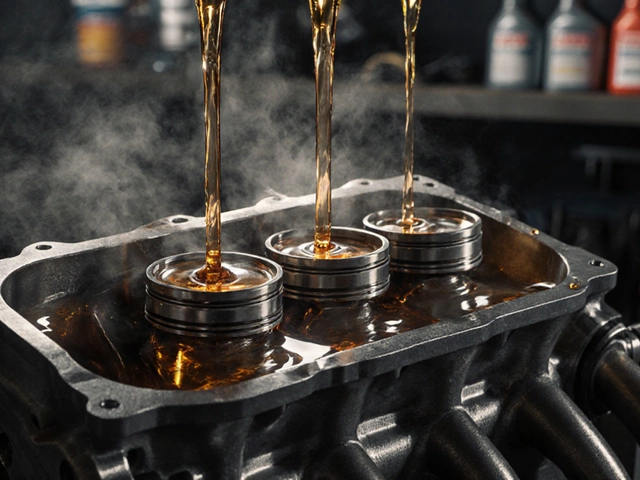
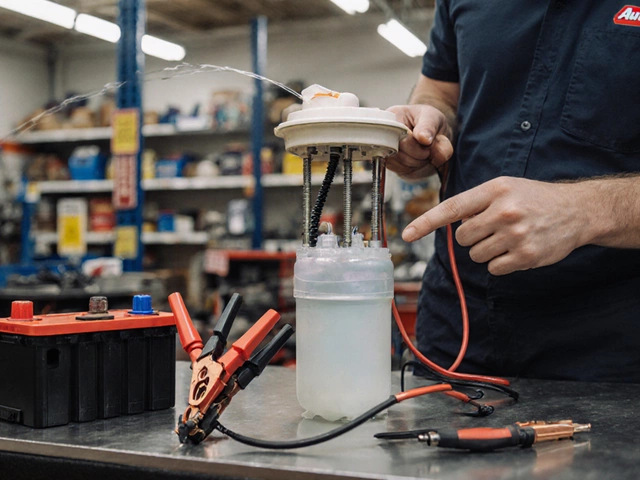
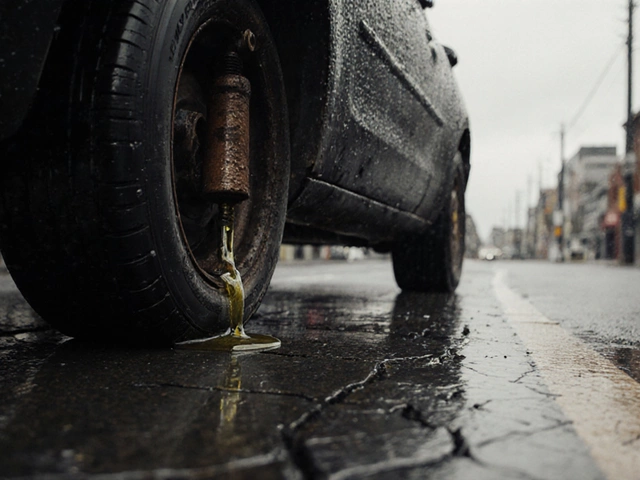
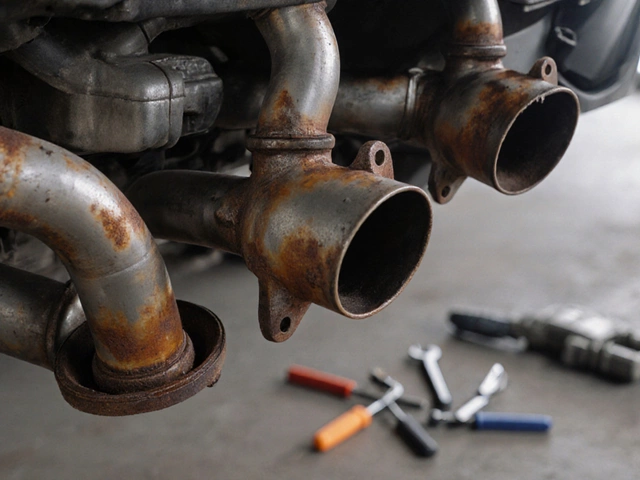





Write a comment